
Review on 🎶 External USB Sound Card - CREATIVE Sound BlasterX G6 by Iyaant Mahameru ᠌

I'm very happy with the product, it's very satisfying.
I began an upgrade quite some time ago and built a computer in an itx case. As part of this process, I had to part ways with my preferred sound system, which was an Asus Xonar Essence ST. Even though I have never been much of an audiophile, I am able to distinguish between sounds that are poor and those that are excellent. Hence, it was not an easy choice for me to make. I had high hopes that the ALC1220 chip that was installed in the new mother would not disappoint us. Didn't disappoint. The standard is quite high in this regard. to accommodate an integrated chip. Despite this, whenever I listened to music on a computer that was functioning properly (on which Xonar crawled), I reminded myself that this is not real because I did not have a typical sound system. As a consequence of this, I started looking for external sound that was both of good quality and could be purchased at a reasonable price. This is the location where the SB G6 was discovered. I went out and purchased it without any second thoughts. Well . Yep, this is just what I wanted, and it is also exactly what I've been missing ever since I stopped using the asus. The sound is of excellent quality! (My ears are the Audio-Technica AD700 model) Simply put, there is nothing further that can be added here; therefore, it is best to review the nuances, both evident and not so: Configuration software that is only compatible with Windows. On the other hand, it can be utilized to its greatest capacity when run on MacOS (I also own an iMac). Improver settings that are made within Windows (sound virtualization, equalizers, and so on) are perfectly stored in memory even when the sound card is turned off, and the SBX button on the case is used to choose between the different improver settings. Do tasks with a maximum sampling frequency of 48 kHz. Using the Audio-MIDI Setup application on a Mac is the way to activate the Direct mode setting. There is support for frequencies up to 384 kHz, using either 24 or 32 bits. The settings of the SBX have been disabled, but they have not been reset. You are free to reactivate them at any time. Backlight: through the Windows utility, the top (X) and the volume control can be turned off. However, the side buttons and indicators cannot be turned off; therefore, they are always lit. Both Windows and MacOS do not cause the card to power down when it is put into sleep mode (S3). There is no way to turn off the LEDs. The USB port's power supply will need to be disabled using scripts on our end. It warms up slowly, but it also warms up when the mode is set to sleep. The control for the volume is a tad off-kilter. Simply unrespectful to the paying consumers. Yet, it is still a digital format, and the loudness can be altered with the use of software. P.S. I really wanted to wager 4, but my hand did not climb to that level. Despite this, people still purchase such devices because of the sound. Now he has 5 points or more.
- The caliber of sound
- Setting up software that is only compatible with Windows The build quality is about par for the course.
New products
Comments (0)
Similar reviews
Top products in 🔊 External Sound Cards
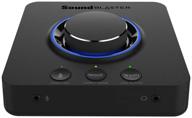
Enhance Your Audio Experience with the Creative 70SB181000000 Sound Blaster X3 Digital Audio Converter - Black

13 Review
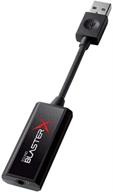
🔊 Enhance Your Audio Experience with Creative Labs Sound BlasterX G1, 70SB171000000

13 Review
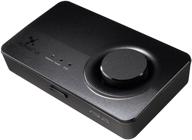
Enhance Your Audio Experience with ASUS Xonar U5 Sound Card

13 Review
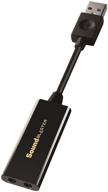
Creative Labs Sound Blaster Play! 3 External USB Sound Adapter - Compatible with Windows and Mac - Plug and Play (No Drivers Needed) - Enhanced 24-Bit 96Khz Playback Upgrade

53 Review
Another interesting products

Computer case be quiet! Pure Base 500 black

32 Review
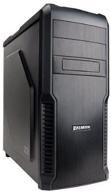
Zalman Z3 M ATX 💻 Tower Computer: A Compact and Powerful Machine

77 Review
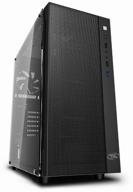
Computer case Deepcool Matrexx 55 MESH black

64 Review
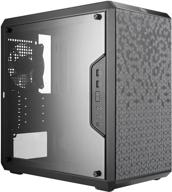
MasterBox Q300L Micro-ATX Tower with Magnetic Dust Filter, Acrylic Side Panel, Adjustable I/O & Ventilated Airflow, in Black

40 Review



